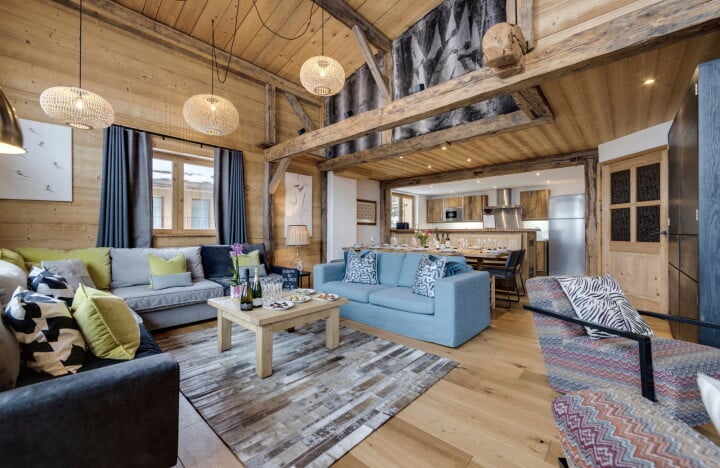Fiesta of Near Death Experiences
Yes, these people almost died, almost, and they’re very happy about it, so they’re here celebrating a fiesta.
This Fiesta of Near Death Experiences is not as festive as most fiestas. The name of the event even contradicts itself. This event happens in Las Nieves in Galicia, Spain. This usually takes place on the 29th of July.
The fiesta starts with a procession, but don’t bet on it being colorful and gay because the Near Death-ers attend the mass in a coffin. Yes, they’re in the coffin, and their companions chant the prayers.
You may think it’s odd that a group of mostly elderly people would come to a fiesta dressed in coffin. But this is the tradition of the Via Francigena. By the way, if you’re wondering what to do if you’re not there on July 29, fess up and come to visit them!
Most of the Near Death-ers attend the fiesta alone. They’re not there to share company with other vacationing groups. They’re there to celebrate theiruberia, which many claim is the best festival in Spain.
The near death-ers have a set of rituals and customs that they follow before the Funeral procession. First of all, they read a book called “Cor funeralis Literatura” which explains the elaborate funeral arrangements that are to take place. There’s even a hint of Shakespeare in all of it.
After the rituals, the Near Death-ers take twenty-four caskets full of white rice and a sacrificed goat. And then they light these caskets on fire. Once the fire burning for eight hours reaches a temperature of two hundred and twenty-four, it’s time to dig their grave.
After they dig their grave, the Near Death-ers have a moment of satisfaction knowing that they’ve avenged their bear’s Revenge at the sources. After all, twenty-four caskets wasn’t enough to fill up Galicia.
Galician bunches stand upright, unlike the usual three-spirals that are upright and draped in red fabric. This variety is called “Hombre de la Corrida” and can weigh up to around thirty or forty kilograms. Another variation is called “Guata de Porciunhos. This variety is used to test whether a bear can stand on its hind legs.
After the test, the bear is celebrated by sending a red flower from its mouth to the village. The village women weave these flowers into baskets and carry them before the bear’s funeral. The bears’ body is eaten and this is why the flowers are placed at the funeral. However, after being killed, the bear’s body is not eaten. It is considered a sin against a bear’s soul, so the bear’s body is left to be transformed in the oven and cooked, turning into one of the most delicious strechos.
Many Spanish and Galician people have a special place in their hearts for their bear. This might be because it has the same characteristics as the bear species that the people have grown to love. Muslims and Christians revere the bear in much the same way that they regard apples, pine cones, and pine buns. You might think that grapes are spoiled on a bear, but they are simply used in preparing the dessert. Galician cuisine is based heavily on goose and duck, so if you’re staying in hotels in the region, you might be treated to some goose or duck for the meal. If you’re not used to cooking with Galician meat, bear meat can be used as a template for chefs to experiment with. My favourite dish is ‘bacalao buns’, which are mini versions of the ubiquitous bacalao sausage. These can be treated like an appetizer or as a main course – served simply in bread. The idols of Saint Michael the Archangel are worshipped for exactly the same reasons.
Next time you visit Spain, try asking your hotel staff for advice on where to find a speciality dish. If it’s in the vicinity of the bear, then it must be good.








